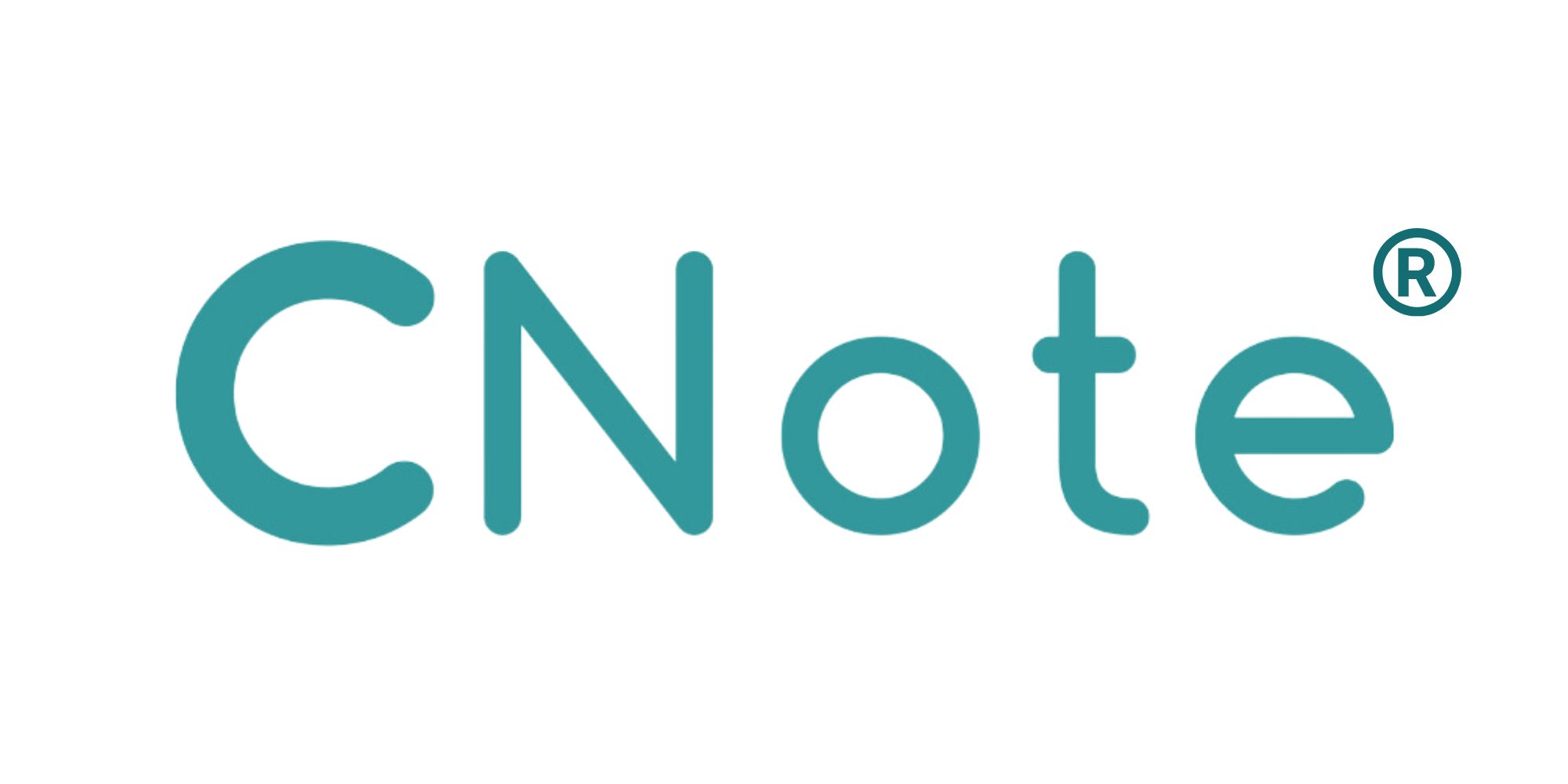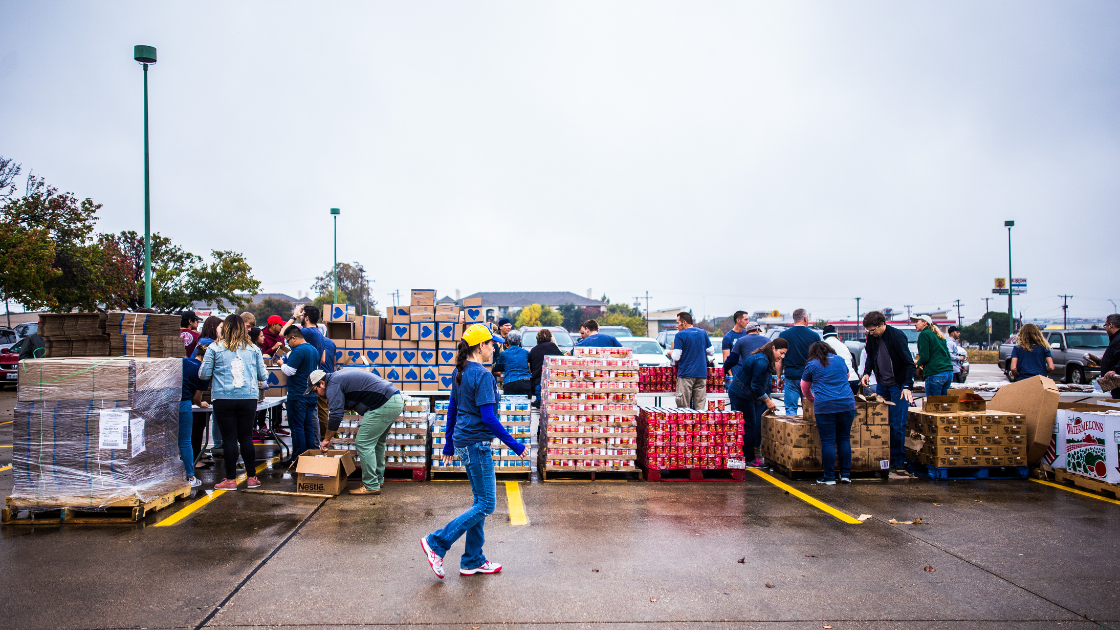A single mother in rural Mississippi can’t get to her new job because there’s no reliable transportation. A corner store owner in Detroit wants to accept credit cards and offer fresh produce but can’t afford the equipment upgrades and refrigeration systems. A community health center in Appalachia can’t serve patients effectively because their building needs major renovations.
These scenarios illustrate gaps in what we might call “opportunity infrastructure”—the basic building blocks that determine whether individuals and communities can access economic mobility, health services, and financial stability. While federal and state infrastructure spending focuses on highways and power plants, community financial institutions quietly finance the smaller-scale but equally essential infrastructure that directly impacts daily life in underserved communities.
Community financial institutions—including Community Development Financial Institutions (CDFIs), Minority Depository Institutions (MDIs), and mission-driven banks and credit unions—approach infrastructure differently than traditional lenders. They understand that real community development requires more than just roads and bridges. It requires the foundational elements that enable opportunity to flourish.
Here are five ways these institutions are building the infrastructure of opportunity:
1. Making Transportation Access a Reality
Transportation isn’t just about getting from point A to point B—it’s about accessing economic opportunity. Without reliable transportation, people can’t get to jobs, healthcare appointments, or educational programs. Yet traditional auto lenders often overlook borrowers with limited credit history or those seeking smaller loan amounts.
Community financial institutions have developed innovative approaches to bridge this gap. One Detroit Credit Union serves members with limited credit history through flexible underwriting that looks beyond credit scores to consider the borrower’s full financial picture. Their auto lending program includes financial coaching, helping members not just secure transportation but build long-term financial stability.
Similarly, Freedom First Credit Union’s “Responsible Rides” program combines affordable auto loans with comprehensive financial education. Rather than simply approving or denying loan applications, Freedom First takes time to understand each member’s transportation needs and connects them with resources to make car ownership sustainable.
Across CNote’s network of community financial institutions, we’ve seen the power of this approach. In 2024 alone, these institutions provided over 185,000 auto purchase and refinance loans totaling $5.2 billion. Each loan represents more than a car purchase—it’s an investment in someone’s ability to access opportunity.
2. Bridging the Digital Divide
In today’s economy, digital access is economic access. Small businesses need reliable internet to process payments, manage inventory, and reach customers. Families need broadband to access telehealth services, online education, and remote work opportunities. Yet many communities lack adequate digital infrastructure, creating barriers to economic participation.
Community financial institutions are addressing this challenge through creative financing approaches. They provide capital for community technology centers, support small businesses upgrading their digital capabilities, and finance broadband infrastructure projects in underserved areas.
Unlike traditional lenders who focus primarily on financial returns, community financial institutions evaluate digital infrastructure projects based on their potential to unlock economic opportunity. They understand that a $50,000 investment in community broadband can enable dozens of small businesses to expand their customer base and allow families to access services that were previously out of reach.
3. Financing Community Facilities That Serve as Social Infrastructure
Community health centers, childcare facilities, markets, and senior centers aren’t just buildings—they’re the social infrastructure that keeps communities functioning. These facilities provide essential services, create local jobs, and serve as gathering places that strengthen community connections.
Traditional banks often struggle to finance community facilities because they don’t generate market-rate returns and serve populations that conventional underwriting might view as higher risk. Community financial institutions take a different approach, evaluating these projects based on their comprehensive community impact.
Central Bank of Kansas City (CBKC) exemplifies this approach through their financing of healthcare infrastructure. When a pediatric health clinic in Kansas City needed capital to expand services to underserved children, CBKC stepped in with flexible financing that traditional lenders wouldn’t consider. Their loan enabled the clinic to acquire new medical equipment and expand facilities, directly addressing healthcare access barriers in low-income neighborhoods. This investment didn’t just create a building—it created a pathway to better health outcomes for hundreds of families who previously struggled to access quality pediatric care.
In 2024, community financial institutions in CNote’s network originated nearly $220 million in loans for healthcare facilities, ranging from expanding health centers to building new hospitals. They also provided $600,000 specifically for projects that improve access to healthy foods, recognizing that grocery stores and food cooperatives are essential community infrastructure.
These investments create ripple effects that extend far beyond the immediate facility. A community health center creates jobs for local residents, improves health outcomes that reduce long-term healthcare costs, and often serves as an anchor that attracts additional investment to the neighborhood.
4. Supporting the Small Business Infrastructure That Powers Local Economies
Small businesses are the economic infrastructure of most communities, providing local jobs, services, and gathering places. Yet many small business owners struggle to access capital for the equipment, technology, and facility improvements they need to serve their communities effectively.
Community financial institutions understand that supporting small business infrastructure isn’t just about individual business success—it’s about building the economic foundation that allows communities to thrive. Asian Bank, a Minority Depository Institution serving the communities in Philadelphia and southern New Jersey, exemplifies this approach. Asian Bank provides culturally competent financial services and deep community understanding that larger institutions simply cannot match.
Asian Bank’s small business lending goes beyond traditional metrics to consider community impact. They finance everything from restaurant equipment for family-owned establishments to technology upgrades for service businesses, recognizing that these investments strengthen the entire community’s economic foundation. Their relationship-based approach includes understanding cultural nuances, language preferences, and business practices that help diverse entrepreneurs succeed.
In 2024, institutions in CNote’s network provided $2 billion in small business loans to over 9,200 businesses, creating or retaining 19,365 jobs. But it’s not just about the money. Community financial institutions often provide technical assistance alongside capital, helping business owners develop sustainable business models and navigate challenges. This relationship-based approach recognizes that small business success requires more than just funding—it requires ongoing support and partnership.
5. Creating Green Infrastructure for Climate Resilience
Climate change disproportionately affects low-income communities, making climate resilience infrastructure a matter of economic and social justice. Community financial institutions are increasingly financing green infrastructure projects that help communities adapt to climate challenges while creating economic opportunities.
Hope Credit Union demonstrates the transformative potential of green infrastructure financing. Serving communities across the Deep South—a region facing some of the most severe climate impacts in the nation—Hope has positioned climate resilience as a wealth-building opportunity. They finance solar installations for low-income homeowners, energy-efficient upgrades for small businesses, and clean energy projects that create local jobs while reducing energy costs.
Hope’s approach goes beyond environmental benefits to focus on economic empowerment. When they finance solar panels for a rural Mississippi family, they’re not just reducing carbon emissions—they’re cutting energy costs that can then be redirected toward savings, education, or small business investment. When they support clean energy job training programs, they’re creating pathways to well-paying careers in growing industries.
In 2024, mission-driven banks and credit unions in CNote’s network originated nearly 10,000 green financing loans totaling over $320 million. These loans supported electric vehicle purchases, solar installations, energy-efficiency improvements, and natural disaster recovery and resilience projects.
This financing approach recognizes that green infrastructure serves multiple purposes: reducing energy costs for low-income families, creating jobs in the clean energy sector, and building community resilience to climate impacts. A solar installation on a community center, for example, reduces operating costs while demonstrating clean energy viability and creating local installation jobs.
Building from the Ground Up
Community financial institutions finance infrastructure projects that traditional lenders won’t touch because they understand something that conventional banking often misses: real community development happens from the ground up. The infrastructure that matters most to daily life—reliable transportation, digital access, community facilities, local businesses, and climate resilience—requires patient capital, flexible underwriting, and a commitment to long-term community benefit.
For impact investors seeking to support community development, understanding the infrastructure gap that community financial institutions fill is essential. These investments may not generate headlines, but they create the foundation upon which thriving communities are built. When opportunity infrastructure is in place, everything else becomes possible.


